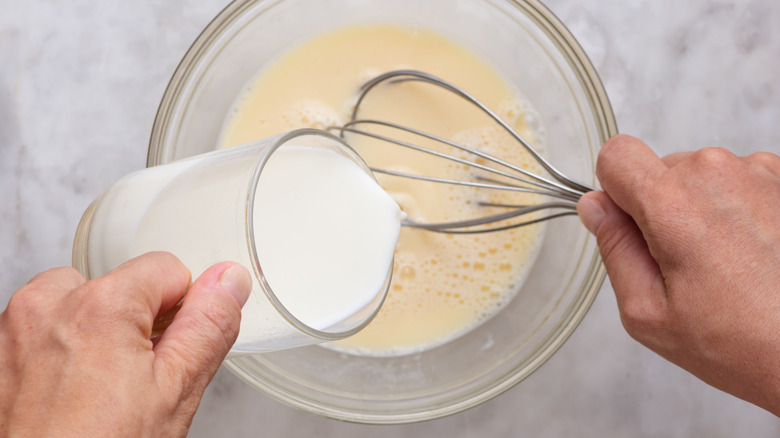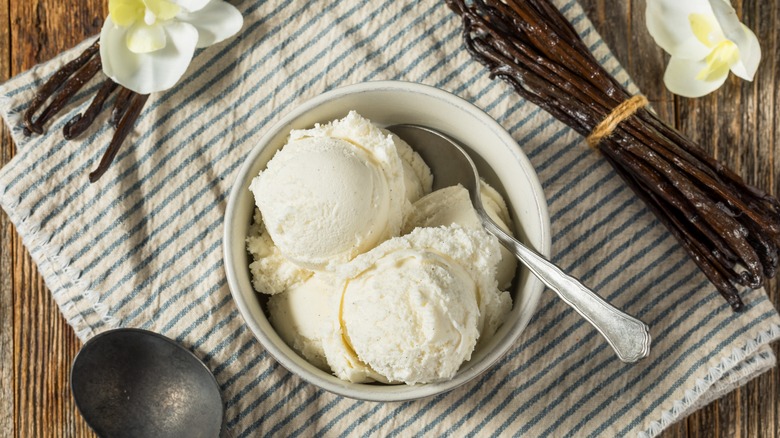The Science Behind Tempering Eggs
To achieve the creamy, smooth texture found in a classic foolproof crème brûlée, a savory bowl of chawanmushi (Japanese egg custard), or a custard-filled Boston cream donut, professional chefs and seasoned home cooks harness the incredible binding power of eggs through a process called tempering. For the novice, it can be an intimidating and often unexplained technique — one that can make or break a recipe — but with a little knowledge and practice, you'll be tempering eggs like a pro.
Simply put, tempering is the act of gradually adding cool or room temperature eggs to a hot liquid to stabilize a mixture, without breaking or curdling. Typically, when you apply heat, acids, or mechanical agitation to protein (like whipping egg whites to make a meringue), it can coagulate. Essentially those actions denature the protein strands, causing them to stretch out, exposing new bonding sites that make it easier for them to clump together. Through tempering, the protein is slowly diluted and heated at the same time so the strands — which are still trying to cling together — create a looser weave.
Strategy for properly tempered eggs
Let's say you're making French vanilla ice cream, which is basically a frozen custard. After blending the egg yolks and sugar, you heat a pot of whipping cream, half-and-half, and vanilla just until it comes to the simmer. Now you want to combine the hot cream with the egg yolk mixture. But if you simply dump one into the other, the eggs will scramble, resulting in an unappetizing ice cream with hard, flavorless egg lumps.
To temper, make sure the bowl containing the egg yolk mixture is stable by wrapping a dish towel around the base, then slowly add a ladle of the hot cream to your eggs while whisking vigorously until it's completely incorporated. Then slowly add the tempered egg yolks back into the hot cream, whisking until everything is combined. Return the pan to your stovetop and on low to medium low heat, continue stirring the mixture until it thickens. When it passes the nappe test — which means it's thick enough to coat the back of a spoon — the custard is ready to cool. You can also make custard ice cream at home with a no-fuss shortcut that takes the stress out of tempering by slowly warming all the ingredients together over the stove. Whichever strategy you use, you'll be churning out perfectly creamy custards and sauces in no time.

